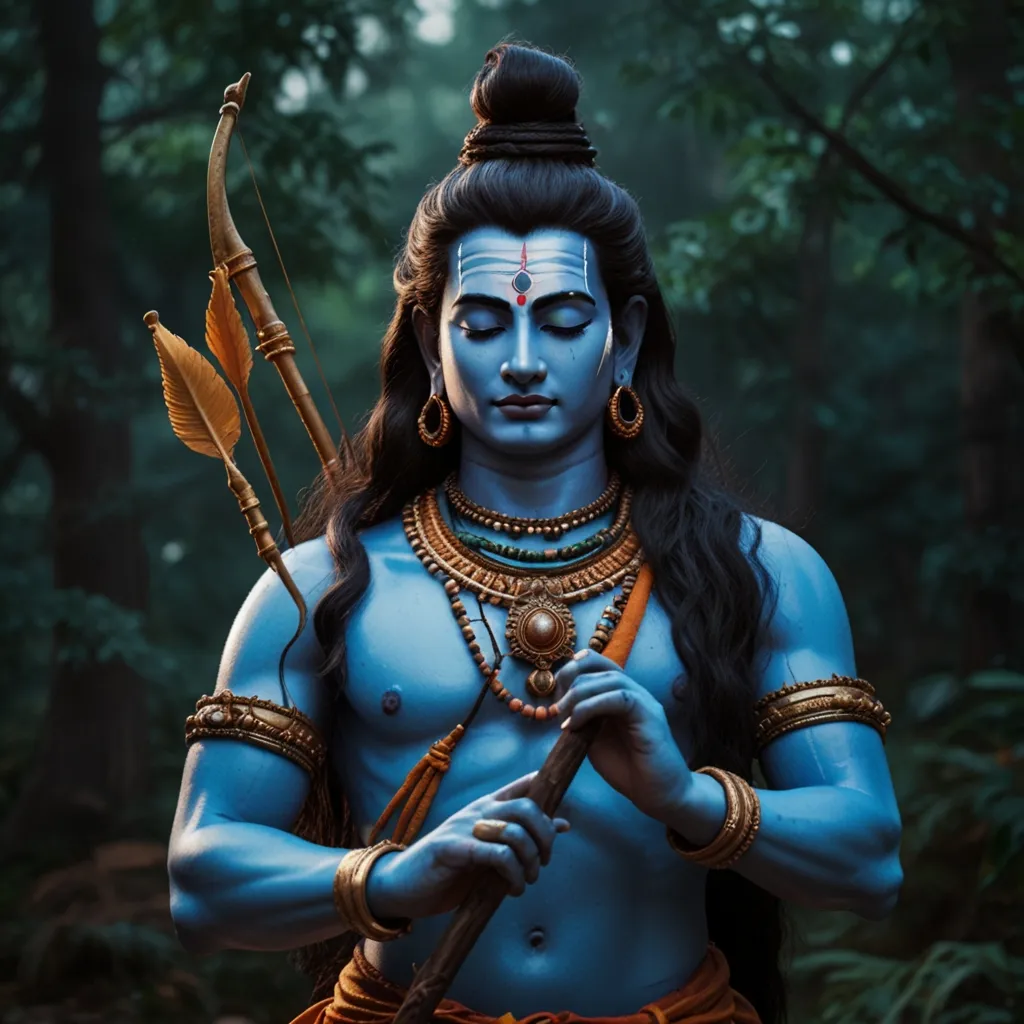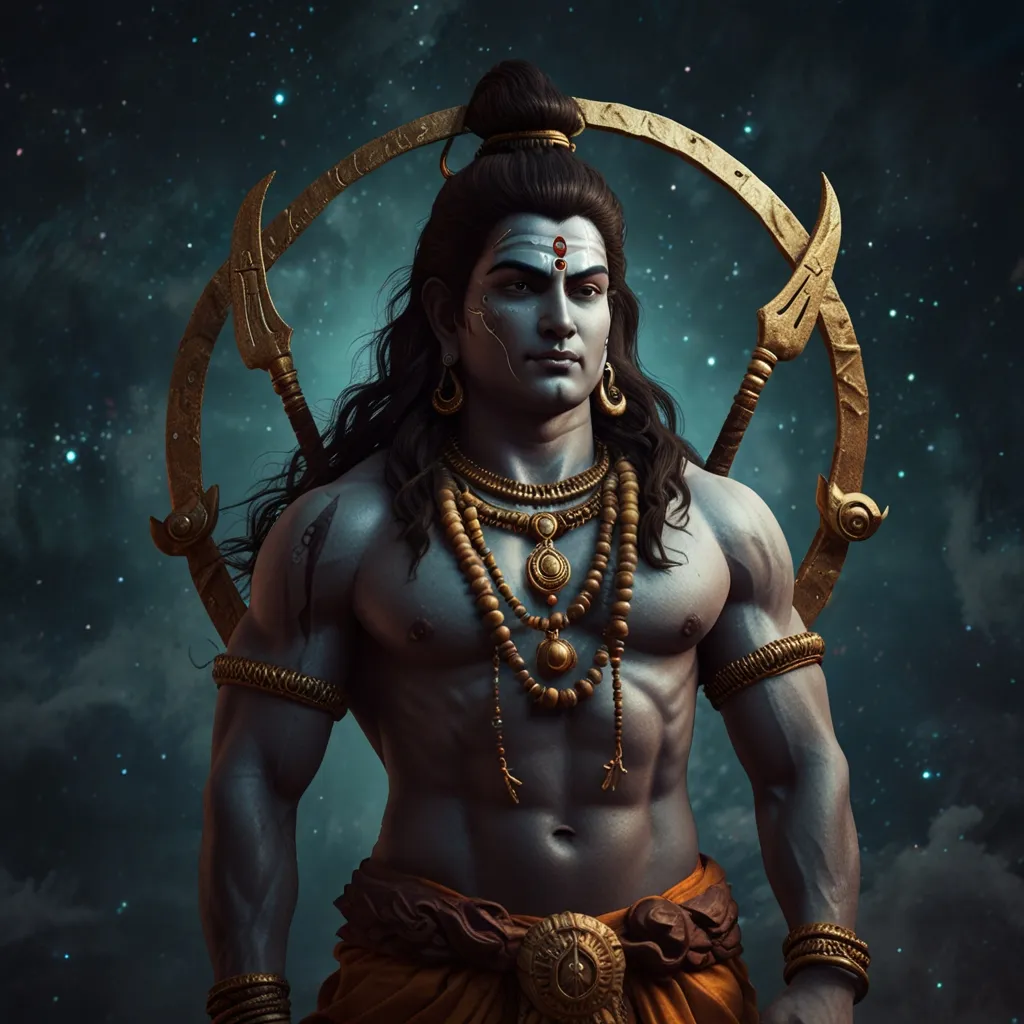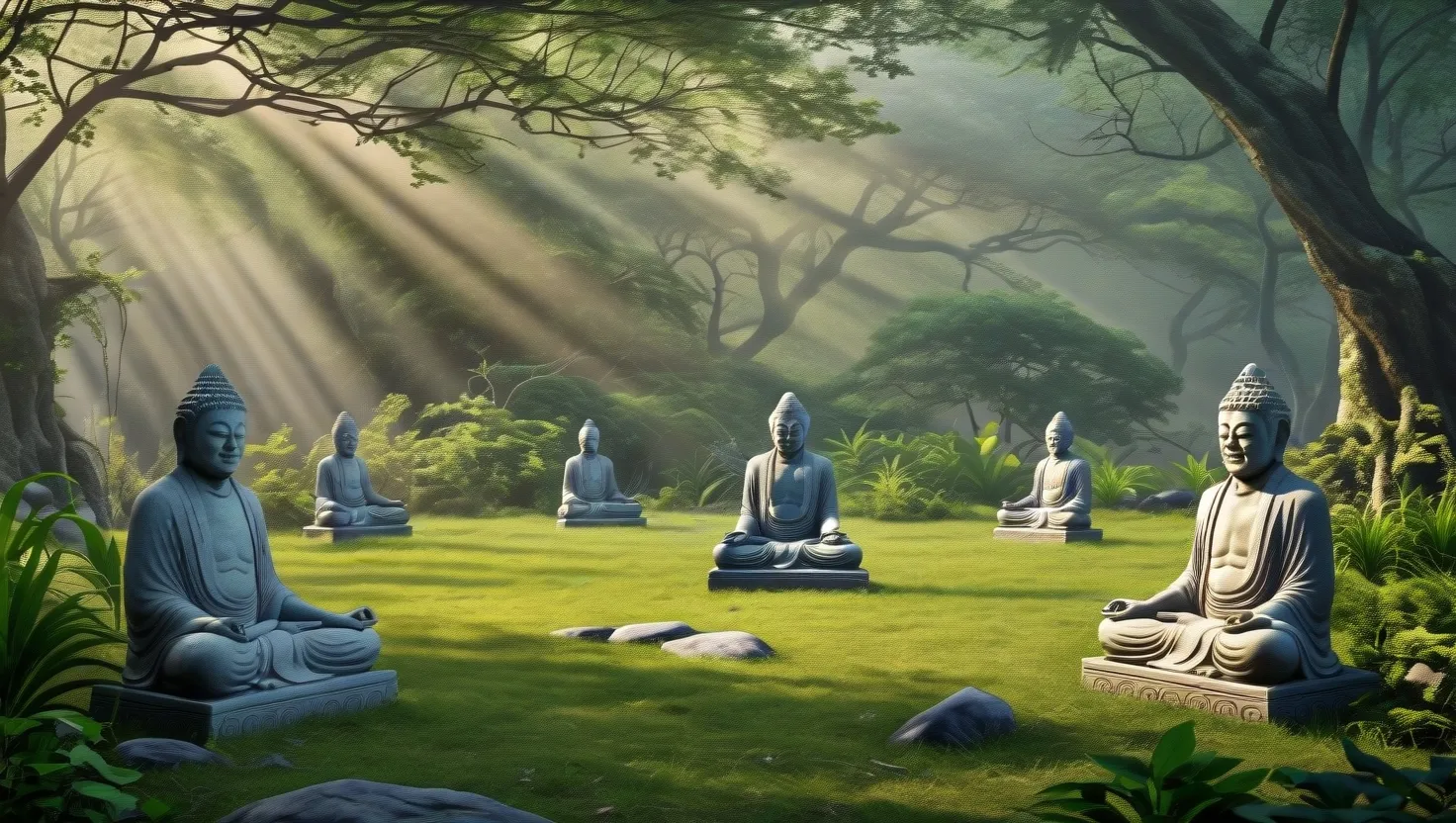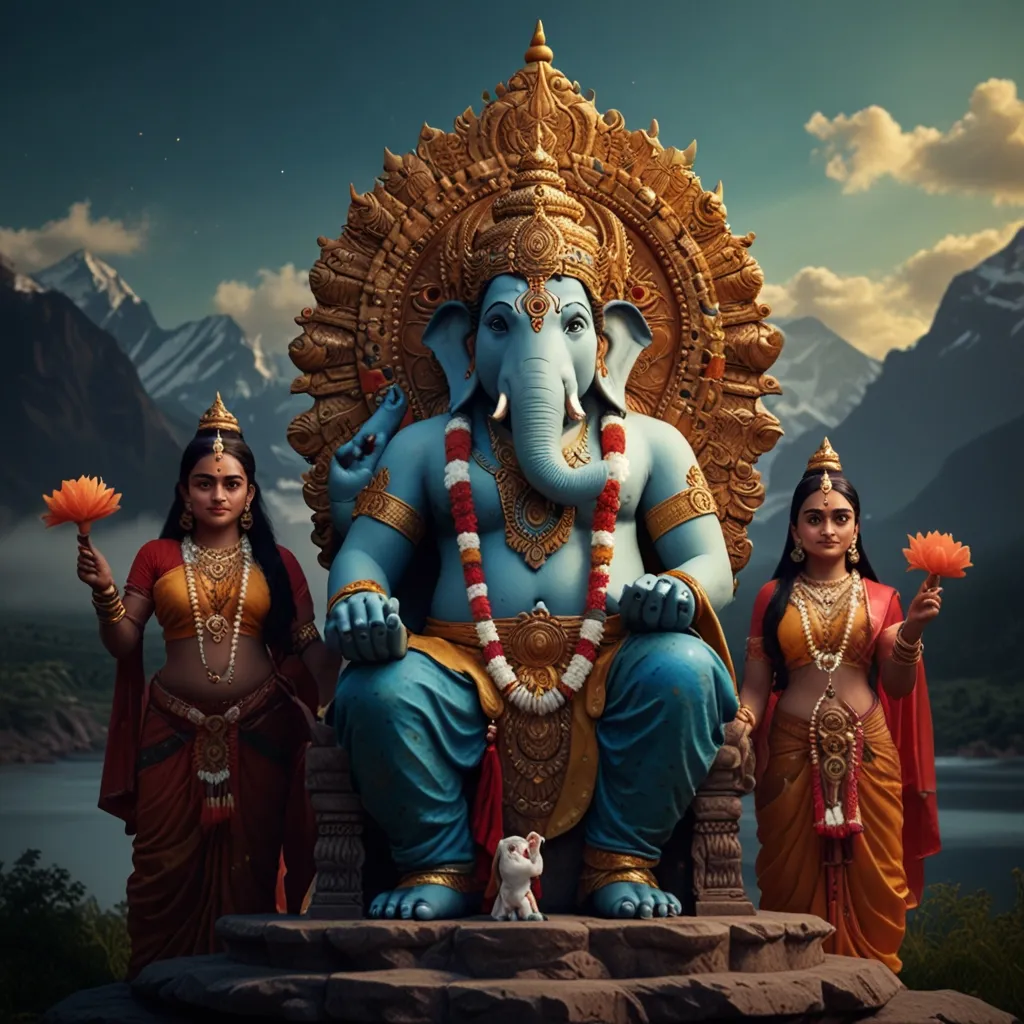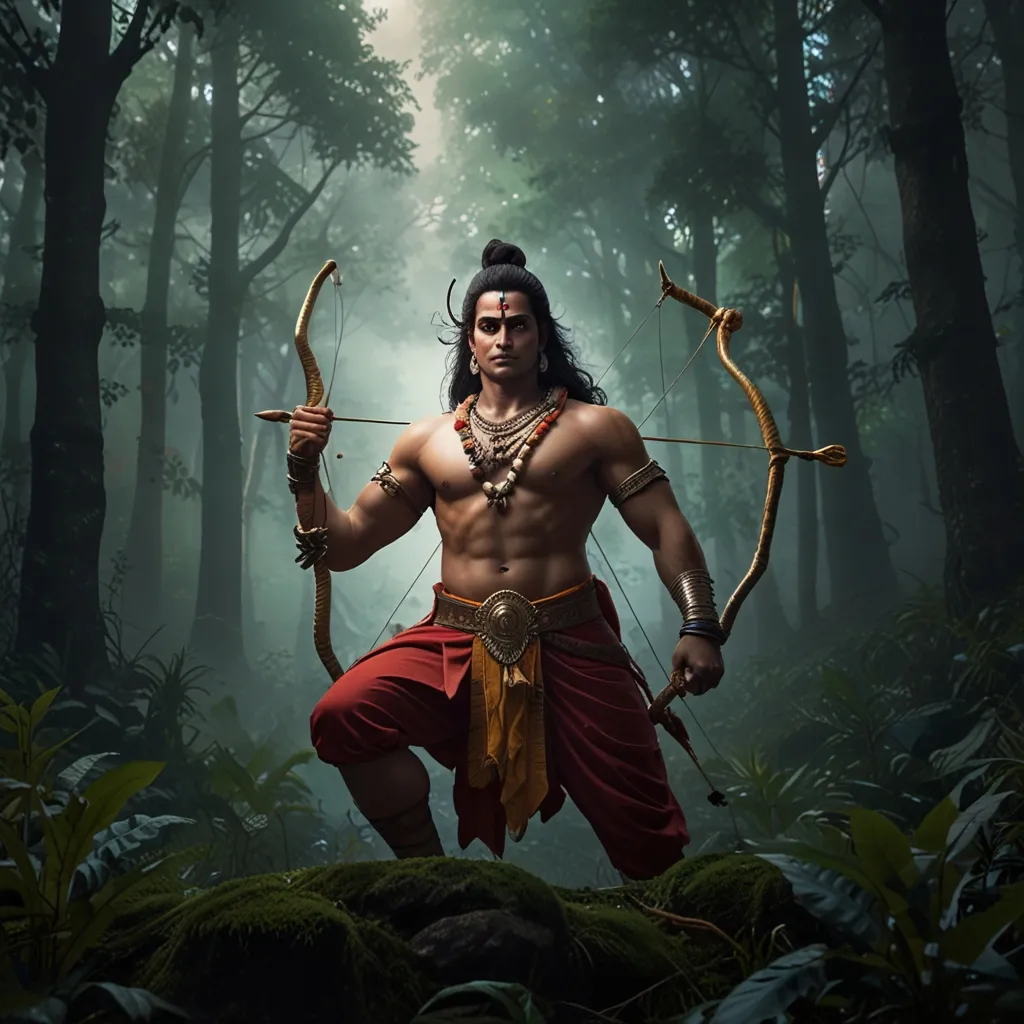In the grand universe of Hindu mythology, Shiva’s story and his encounter with Kama, the god of love and desire, is one that stands out. This tale is more than just myth; it dives deep into the human mind and the journey towards spiritual growth.
So, who’s Shiva? He’s a major deity in Hinduism, known as Mahadeva or the Great God. Often shown with a third eye on his forehead, Shiva’s extra eye is legendary. It’s said to have the power to burn just about anything with a single gaze.
Enter Kama, the god of love and desire, a figure akin to Cupid in Western lore. Picture a dashing youth with a bow and arrow aimed to spark love and desire. Now, a powerful demon named Taraka got a boon that he could only be defeated by Shiva’s child. Here’s the tricky part – Shiva was caught in deep meditation and had taken an oath not to marry. The gods, especially Indra, were on edge and required Shiva to wake up from his trance to have a child to take down Taraka. Indra commanded Kama to shake things up a bit.
Kama, armed with his powers, stirred up an early spring and morphed into a soft, fragrant southern breeze to sneak past Shiva’s guard, Nandi. He took a daring shot right at Shiva’s heart to awaken his passion. But Shiva’s no ordinary guy; he’s a yogi chasing ultimate enlightenment. His meditation was rock-solid.
Sensing the intrusion, Shiva opened his fierce third eye, and boom – poor Kama was reduced to ashes. This wasn’t merely a physical act but a powerful symbol. It showcased Shiva’s prowess in controlling his desires, a vital step on the spiritual ladder.
Parvati, a witness to this incredible power, was struck by Shiva’s ascetic dedication and pleaded with him to revive Kama. Shiva, recognizing her devotion, agreed but put a twist on it – Kama would live on in a disembodied form, moving like the wind with his bow and arrow. This change highlighted the transformation of raw desire into a more refined form of love and devotion.
The story of Shiva and Kama isn’t just another myth; it’s packed with spiritual wisdom. It nudges us to realize that true enlightenment blooms from mastering our desires, not giving into them. Shiva’s third eye stands for an inner vision, letting us see beyond the physical and grasp the essence of existence.
Shiva, in various depictions, reflects his multi-faceted divine nature – as the destroyer, the transformer, and the ultimate yogi. After marrying Parvati, their son Kartikeya came into being and eventually took down Taraka, fulfilling the long-standing prophecy.
Shiva’s worship has deep roots and wide influence, with places like Varanasi in India being key pilgrimage spots. His reach even stretches beyond India into Southeast Asia and Central Asia, rich with temples and art in his honor.
In essence, the tale of Shiva and Kama is a rich, impactful piece of Hindu mythology. It’s a dance of love, desire, and the path to spiritual enlightenment. It gently reminds us that true strength resides in rising above our desires and seeing the world with a profound, inner clarity.
